Mémoires numériques du Crac (3D)
Filtres - 98/99 Selected medias
-
-

Citadel of Damascus. Columned hall
-
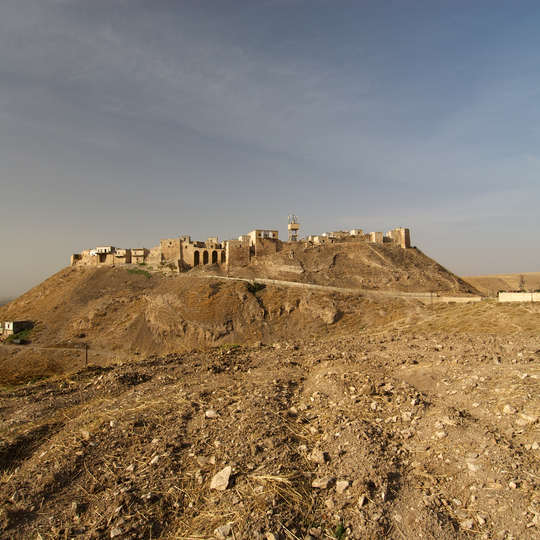
Citadel of Apamea. Qalaat al Mudiq (Syria)
-
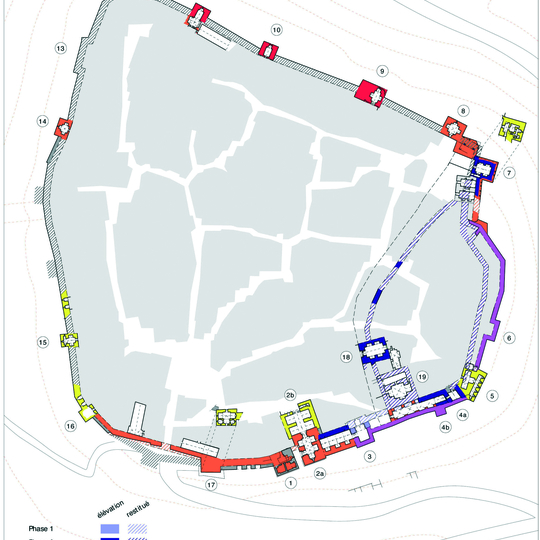
Citadel of Apamea. Qalaat al Mudiq (Syria): map
-
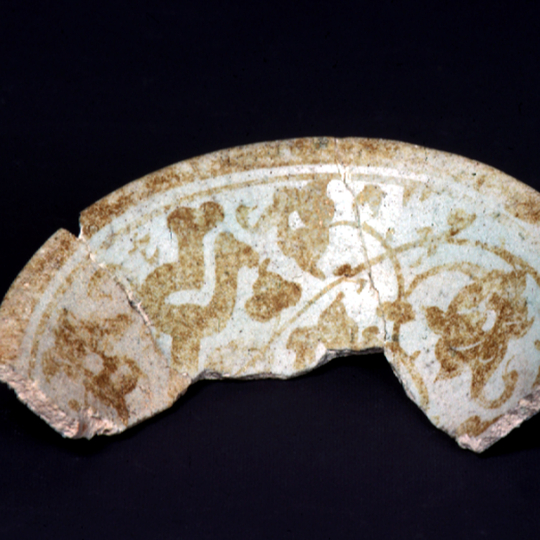
Fatimid cup from the citadel of Damascus
-
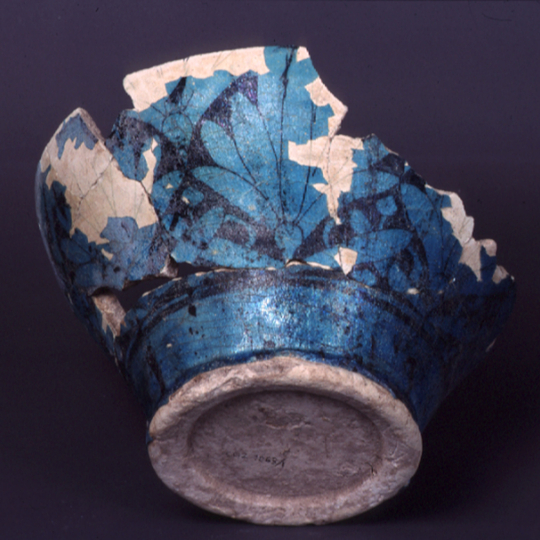
Bowl (1150-1250) from the citadel of Damascus
-
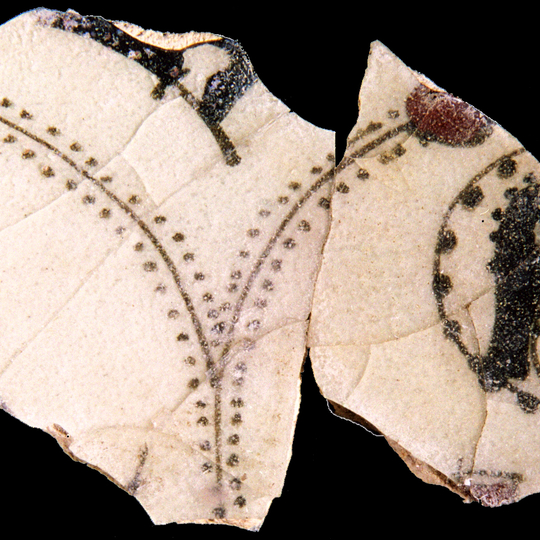
Citadel of Damascus: fragments of a plate or dish
-

Jar (mid-12th century)
-
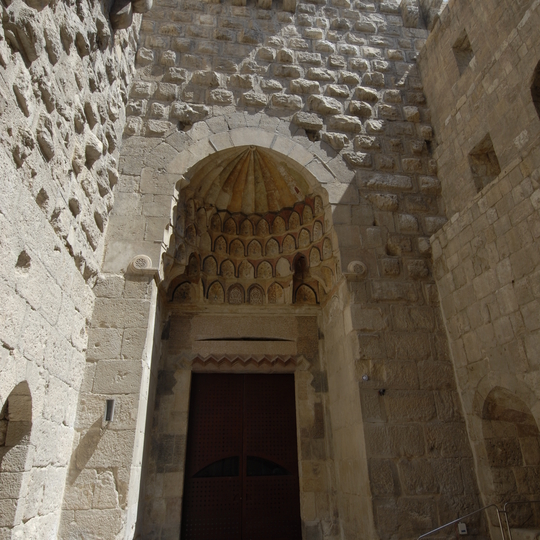
Citadel of Damascus. East gate. 2010
-

Citadel of Damascus. East gate. 2010
-
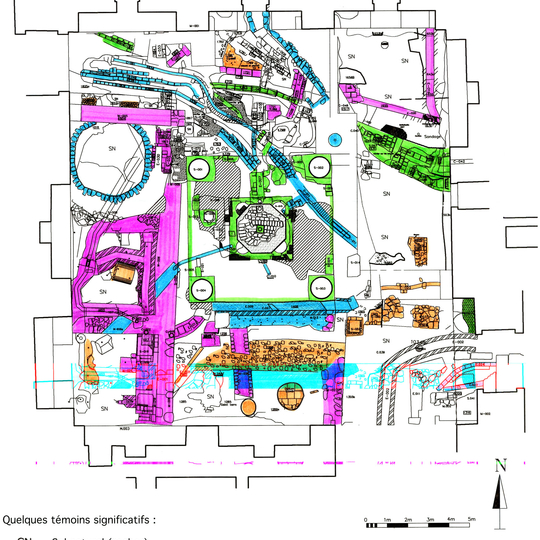
Columned hall in the citadel of Damascus
-

Curtain Wall 6 of the citadel of Damascus